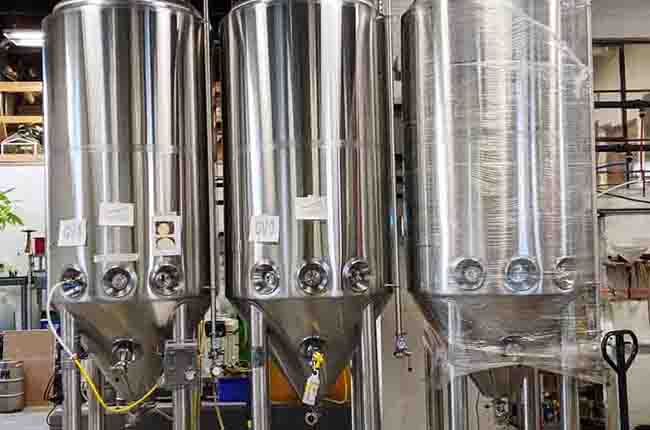What Are Fermentation tanks
Overview
Fermentation tanks are the unsung heroes behind many of the products we enjoy daily, from a frothy pint of beer to a creamy cup of yogurt. These specialized vessels facilitate fermentation—a process where microorganisms like yeast and bacteria convert sugars into alcohol, acids, or gases. In this article, we’ll dive into what fermentation tanks are, why they’re indispensable, the variety of their applications, and how to choose the best one for your needs.
What Are Fermentation Tanks?
At their core, fermentation tanks are containers designed to support the fermentation process. They provide an optimized environment for microorganisms to thrive, ensuring consistent and controlled production. These tanks come in various sizes, shapes, and materials, tailored to suit specific industries such as brewing, winemaking, and industrial fermentation.
Imagine them as a chef’s perfect kitchen—equipped with just the right tools, temperature controls, and hygiene standards. Whether you’re fermenting beer or vinegar, these tanks play a critical role in maintaining quality and consistency.

The Importance of Fermentation Tanks
Why are fermentation tanks such a big deal? Picture trying to bake bread without an oven. Sure, you could try other methods, but you’d lose the precision and consistency that an oven provides. Similarly, fermentation tanks ensure:
- Controlled Environment: By regulating temperature, pH, and oxygen levels, they create the perfect conditions for fermentation.
- Scalability: Whether producing small craft batches or large industrial quantities, tanks make scaling seamless.
- Consistency: Every batch comes out with the same flavor, texture, and quality—a must for commercial operations.
- Sanitation: Their design minimizes contamination risks, a critical factor in food and beverage production.
Without these tanks, modern fermentation-based industries would struggle to meet the demands of quality, efficiency, and safety.
Why Are Fermentation Tanks the Core Equipment in Processes Like Brewing, Winemaking, and Fermented Foods?
Fermentation tanks are to the fermentation industry what engines are to cars—absolutely essential. Let’s break it down by industry:
- Brewing: For beer, tanks allow precise control of fermentation temperatures, which is critical for flavor development. They also enable carbon dioxide collection, a key factor in beer’s signature fizz.
- Winemaking: In winemaking, tanks provide an environment to regulate fermentation rates and enhance flavor profiles. Stainless steel options are particularly popular for ensuring clean, crisp wines.
- Vinegar Production: Fermentation tanks support the acetic acid bacteria needed to transform alcohol into vinegar, ensuring optimal conditions for yield and quality.
- Fermented Foods: From kimchi to yogurt, these tanks maintain the specific temperature and anaerobic conditions required for healthy microbial activity.
In all these cases, the tanks streamline the process, ensuring that the final product is both delicious and safe for consumption.
Common Uses of Fermentation Tanks
Here’s a detailed look at the industries and processes where fermentation tanks shine:
| Use Case | Details |
|---|---|
| Beer Brewing | Essential for primary and secondary fermentation, ensuring flavor consistency. |
| Wine Fermentation | Provides controlled temperatures for yeast activity and flavor enhancement. |
| Yogurt Fermentation | Maintains the specific temperature range needed for bacterial cultures. |
| Industrial Fermentation | Produces enzymes, biofuels, and pharmaceuticals on a large scale. |
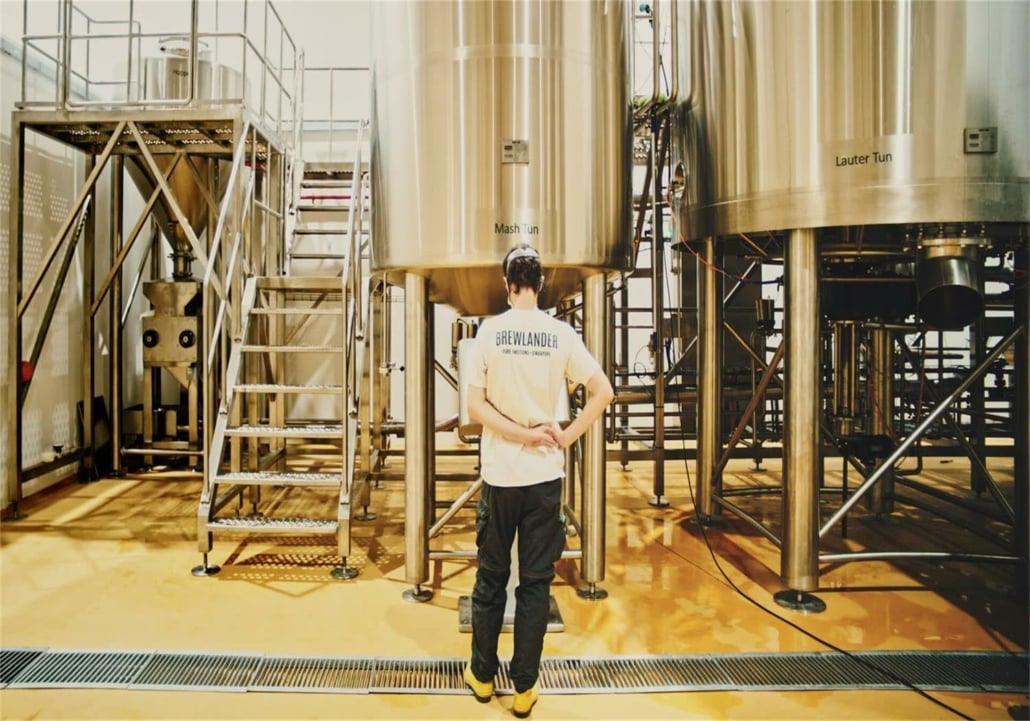
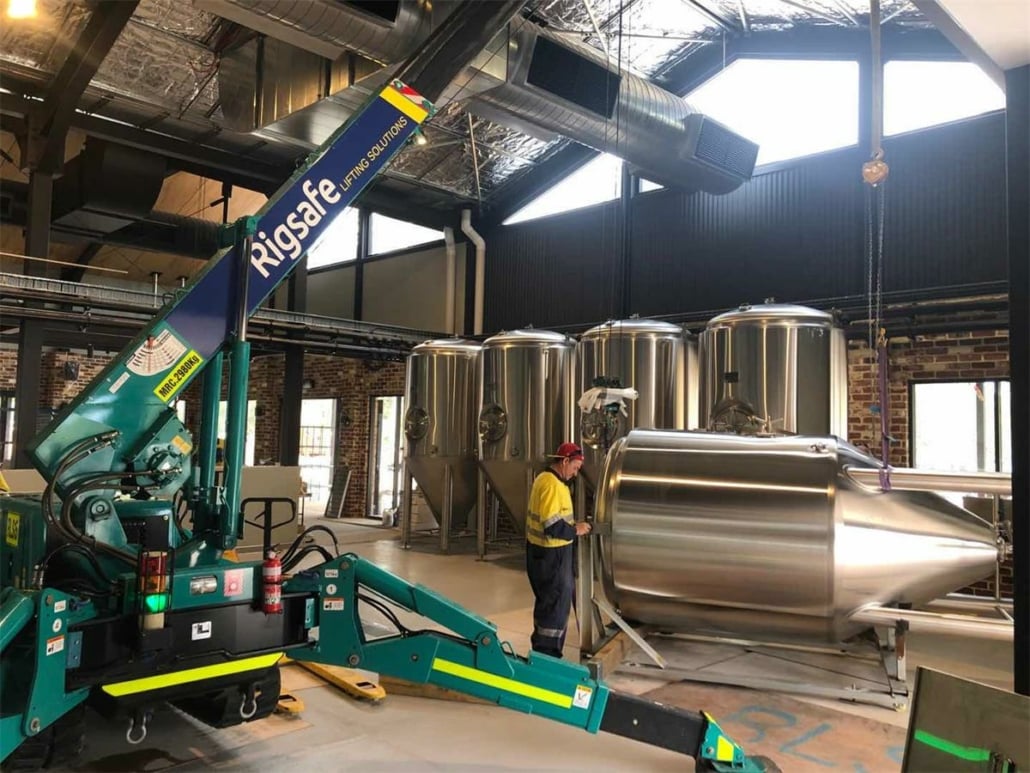
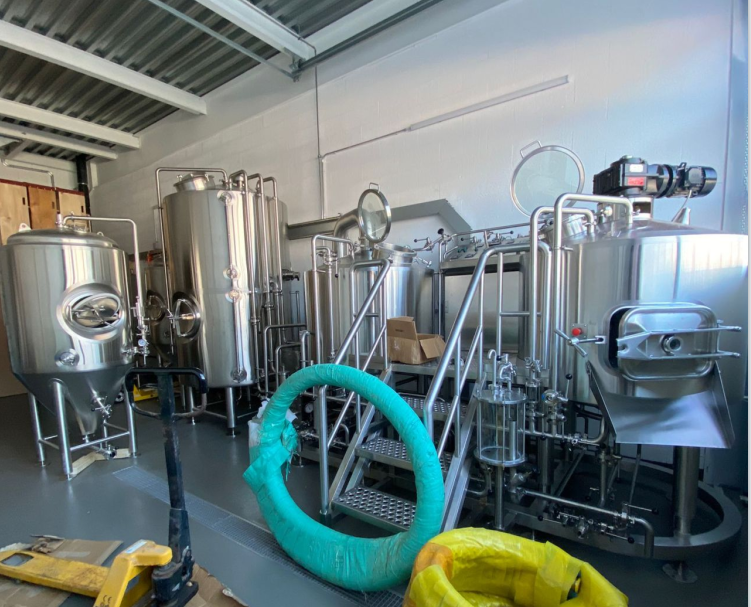

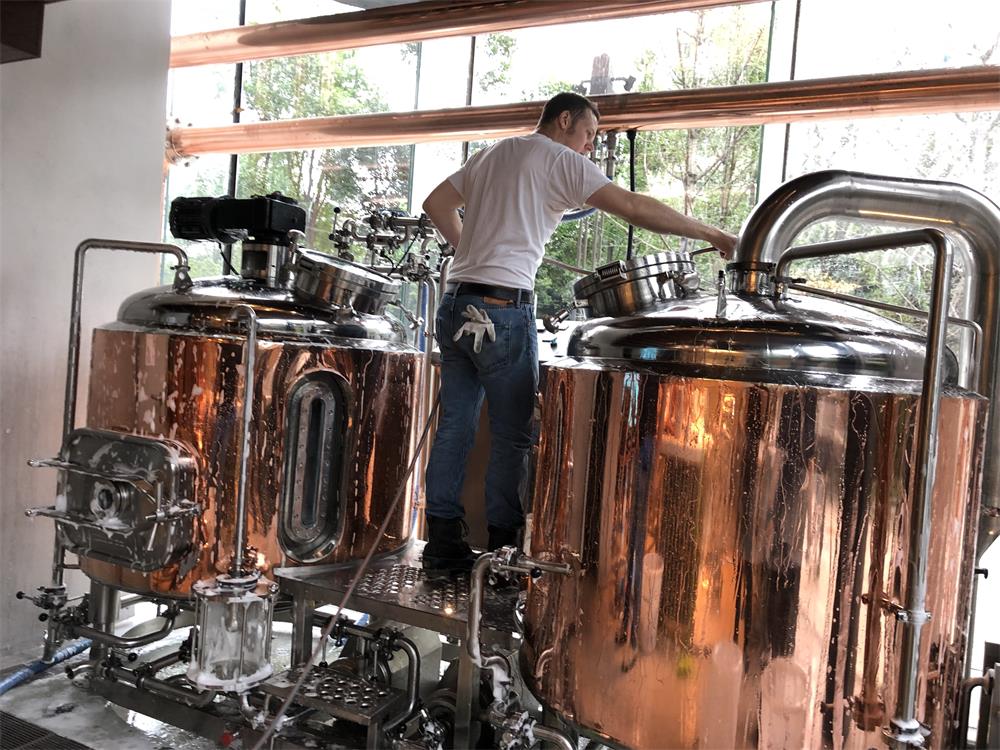
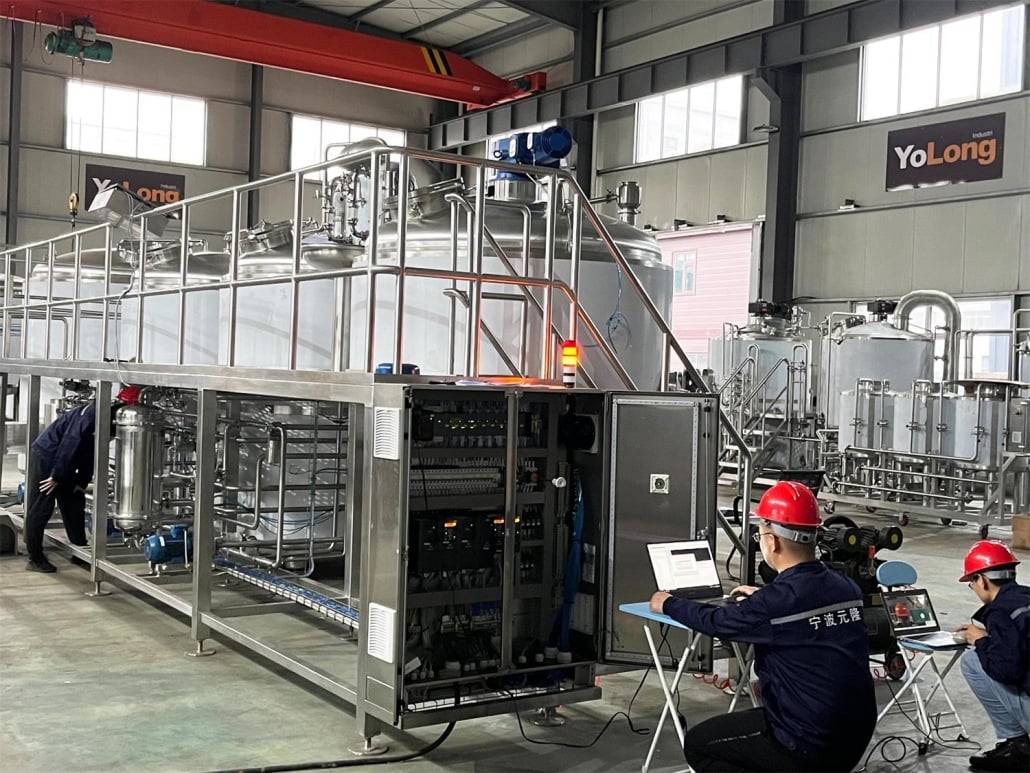
Common Types of Fermentation Tanks
Fermentation tanks come in a variety of forms, each suited to different purposes. Here are some of the most common:
- Cylindroconical Tanks: Widely used in breweries, these tanks feature a cone-shaped bottom to collect yeast and sediment efficiently.
- Open Fermenters: Ideal for traditional beer styles, allowing natural yeast exposure but requiring more sanitation precautions.
- Closed Tanks: Common in winemaking, these provide an airtight environment to prevent oxidation.
- Horizontal Tanks: Used for lagering (aging beer), as they provide a larger surface area for yeast contact.
Common Materials for Fermentation Tanks
The material of a fermentation tank significantly affects its performance, durability, and cost. Let’s explore the most popular choices:
- Stainless Steel: The gold standard for its corrosion resistance, durability, and ease of cleaning.
- Plastic (Food-Grade): Lightweight and cost-effective, but less durable than metal options.
- Glass: Often used in smaller setups for its non-reactive and transparent properties.
- Concrete: Traditional in winemaking, known for its ability to maintain stable temperatures and impart unique flavors.
Each material has pros and cons, and the choice depends on the specific needs of your fermentation process.
Key Factors for Selecting Fermentation Tanks
Choosing the right fermentation tank is like picking the right tool for a job—it requires careful consideration. Here are some key factors:
- Size and Capacity: Ensure the tank can handle your batch size, with room for expansion.
- Material: Select based on durability, cost, and compatibility with your product.
- Temperature Control: Opt for tanks with built-in cooling or heating systems if needed.
- Cleaning and Maintenance: Look for designs that simplify cleaning and minimize contamination risks.
- Cost: Balance your budget with the features you need.
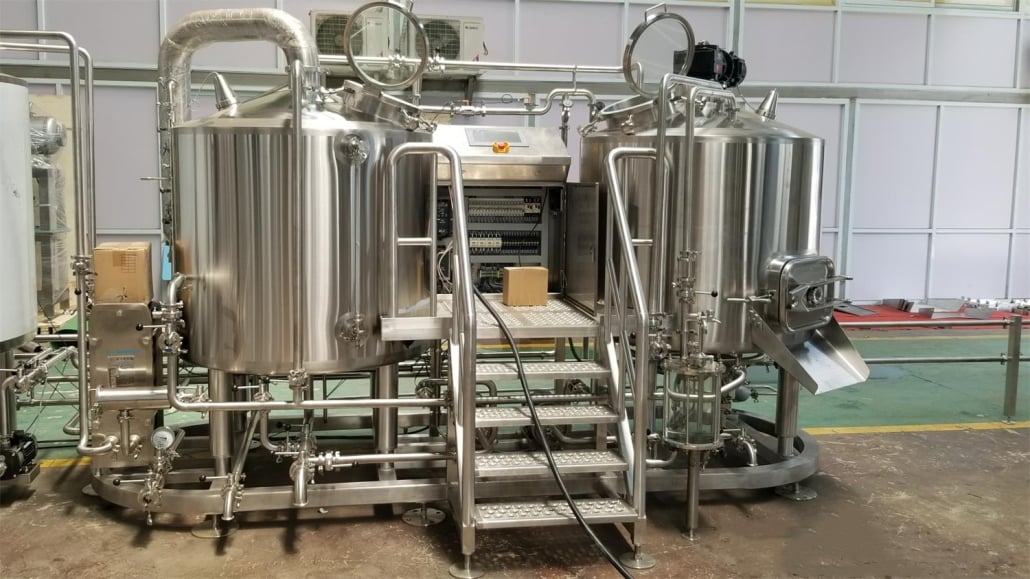
How to Use Fermentation Tanks
Using a fermentation tank involves several steps to ensure success:
| Step | Details |
|---|---|
| Prepare the Tank | Clean and sanitize to avoid contamination. |
| Add Ingredients | Introduce your base (e.g., wort, grape juice, milk) and starter cultures. |
| Monitor Fermentation | Check temperature, pH, and other parameters regularly. |
| Harvest and Clean | Remove the product and thoroughly clean the tank for the next batch. |
FAQ
| Question | Answer |
|---|---|
| What is the ideal material for a fermentation tank? | Stainless steel is the most versatile and durable option, suitable for most applications. |
| Can I use the same tank for different products? | Yes, but thorough cleaning and sanitation are crucial to prevent cross-contamination. |
| How do I maintain consistent temperatures? | Choose tanks with built-in temperature control systems or use external cooling/heating jackets. |
| Are plastic tanks safe for fermentation? | Food-grade plastic tanks are safe but less durable and harder to sanitize than stainless steel. |
| How often should tanks be cleaned? | Clean and sanitize after every batch to maintain hygiene and prevent contamination. |
Frequently Asked Questions (FAQ)
1) What pressure rating should I look for in fermentation tanks?
- For brewery unitanks, 15–30 psi (103–207 kPa) is typical; larger regional tanks may be certified up to 45 psi. Ensure PRVs are correctly sized and hydrotest certificates are provided.
2) How much headspace is required in fermentation tanks?
- Allocate 15–25% headspace for most ales; 20–30% for high-gravity or heavily dry-hopped beers to manage kräusen and hop creep CO2.
3) Which material is best for acidic or salty products (e.g., sour beer, kombucha, kimchi brine)?
- 316 stainless steel offers superior chloride and acid resistance versus 304. For highly acidic or saline media, 316 or appropriate linings are recommended.
4) Do I need integrated temperature control?
- Yes for commercial consistency. Jacketed, PU-insulated fermentation tanks with PID control can hold ±0.2–0.5°C, improving flavor and reducing diacetyl.
5) What sanitary design features reduce contamination risk?
- Ra ≤ 0.8 μm internal finish, sanitary TIG welds, shadowless manways, full-coverage CIP spray balls, purgeable valves/ports, and sloped bottoms with racking arms.
2025 Industry Trends: Fermentation Tanks
- Pressure fermentation adoption: spunding (8–15 psi) and closed transfers extend shelf life and speed tank turns.
- Low-oxygen operations: closed dry-hop dosers, DO-monitored transfers, and purgeable carb stones now common in mid-tier breweries.
- Smart cellars: integrated temp/pressure/level sensors with mobile alerts and predictive VDK rests reduce variability and energy use.
- Sustainability: thicker insulation, optimized glycol loops, and heat recovery from crash cooling cut energy/batch by 10–20%.
- Compliance and safety: fixed CO2 monitoring and documented PRV testing schedules increasingly required by insurers and local code.
Fermentation Tank Benchmarks (2025)
| Criterion | Home/Nano (≤3 bbl) | Small Craft (5–15 bbl) | Regional (30–120 bbl) | Notes/Sources |
|---|---|---|---|---|
| Preferred material | Stainless or PET | 304 SS jacketed | 304/316 SS jacketed | BA/MBAA guidance |
| Pressure rating | 10–15 psi | 15–30 psi | 15–45 psi | Verify PRV + hydrotest |
| Temp control | Coil/chamber | Dual-zone jackets | Multi-zone jackets, PU insulation | ASBC/MBAA |
| DO control | Closed transfer optional | Standard closed hop doser + CIP | DO at package <50 ppb | BA packaging resources |
| Typical cost (USD) | $200–$1,200 | $6,000–$22,000 per tank | $30,000–$120,000 per tank | Supplier catalogs |
References:
- Brewers Association (BA): https://www.brewersassociation.org
- Master Brewers Association of the Americas (MBAA) Technical Quarterly: https://www.mbaa.com
- American Society of Brewing Chemists (ASBC): https://www.asbcnet.org
Latest Research Cases
Case Study 1: Pressure-Capable Tanks Extend Shelf Life in Hop-Forward Beers (2025)
Background: A 10 bbl brewery reported aroma fade and high package DO using non-pressurizable fermenters.
Solution: Switched to jacketed, pressure-rated unitanks with spunding valves, purgeable carb stones, closed dry-hop doser, and fully closed transfers.
Results: Package DO reduced from 120–160 ppb to 30–45 ppb; sensory shelf life extended ~4 weeks; tank turns improved 8–10%.
Case Study 2: Predictive Temperature Control Stabilizes VDK Rests (2024)
Background: Regional producer (60–90 bbl fermentation tanks) had inconsistent diacetyl rest times.
Solution: Inline temp/pressure sensors tied to PLC with predictive VDK triggers; recalibrated jackets to ±0.2°C.
Results: VDK rest duration decreased 18–24 hours; off-flavor incidents dropped 35%; energy intensity lowered 6–8%.
Expert Opinions
- Dr. Tom Shellhammer, Professor of Fermentation Science, Oregon State University
Key viewpoint: “Pressure-capable, oxygen-tight fermentation tanks with closed transfer protocols are as critical to hop aroma retention as ingredient selection.” - Ashton Lewis, Brewing Scientist and MBAA contributor
Key viewpoint: “Sanitary design—smooth welds, full CIP coverage, and proper racking arms—prevents instability and saves labor across every batch.” - Katie Wallace, Sustainability leader in craft brewing
Key viewpoint: “Insulated, jacketed tanks paired with right-sized glycol systems deliver immediate utility savings and future-proof against tightening environmental standards.”
Practical Tools/Resources
- Brewers Association: cellar safety, oxygen control, tank specs and best practices
https://www.brewersassociation.org - MBAA Technical Quarterly: fermentation tank design, CIP validation, pressure fermentation case studies
https://www.mbaa.com - ASBC Methods: DO/CO2 measurement, VDK analysis, fermentation monitoring
https://www.asbcnet.org - Yeast calculators and fermentation planning tools
https://www.whitelabs.com | https://www.lallemandbrewing.com - Vendor spec libraries (pressure ratings, jacket zones, PRV sizing)
SS Brewtech, Spike Brewing, Alpha Brewing Ops, Lehui
SEO note: Internally link to “Fermentation tanks,” “pressure-capable unitanks,” “closed transfer systems,” and “glycol system sizing.”
Last updated: 2025-08-28
Changelog: Added 5 FAQs; 2025 trends with benchmark table and references; two recent case studies; expert viewpoints; and curated tools/resources focused on Fermentation tanks selection and operation
Next review date & triggers: 2026-02-01 or earlier if BA/MBAA publish new oxygen control guidance, supplier specs change, or pricing shifts affect tank selection ROI
Share this entry
Interested in learning more about Brewing Systems including additional details and pricing information? Please use the form below to contact us!
YOLONG BREWERY EQUIPMENT FAQS
- Commercial Brewery / Craft Brewery / Microbrewery / Nanobrewery
- What is The Difference Between Craft Beer and Industrial Beer?
- The Bespoke Differences In Custom Brewing Systems
- Everything You Need to Know About Kettle Souring
- How to Choose Brewing Equipment for Your business?
- How To Choose The-Best Partner To Build Your Commercial Microbrewing System?
- Two Detection Sensors That You Need To Use In Your Brewhouse System
- Remote Control Applications in Brewing Equipment/How does it work?
- How To Clean Your Brand New Brewery Tanks?

